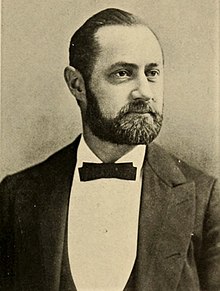Type a search term to find related articles by LIMS subject matter experts gathered from the most trusted and dynamic collaboration tools in the laboratory informatics industry.

Issler's Orchestra was an early recording ensemble, and perhaps the first popular band. The group formed in the fall of 1889 at the Edison Laboratory[1] Because the purpose of the group was only to make recordings, it had only four or five performers, a form that would come to be known as a "parlor orchestra". Personnel and instrumentation varied in the first year, but most sessions included Edward Issler on piano, George Schweinfest on flute and D.B. Dana on cornet. Clarinetist William Tuson and xylophonist Charles P. Lowe would also become core members in time.
The group performed dance music such as quadrilles, waltzes and polkas, arrangements of musical theater, opera, and popular songs, "descriptive" pieces evoking a narrative, chamber music, and marches. After the Edison Laboratory suspended its recording program in January 1890, Issler's Orchestra recorded for the New Jersey Phonograph Company,[2] United States Phonograph Company,[3] Columbia Phonograph Company[4] Chicago Talking Machine Company and others. The band experienced a decline in popularity after other marching bands came on to the scene. The ensemble stopped recording around 1899, but individual members, specifically Schweinfest and Lowe, would continue individually into the disc era.[5][6]
The band's four core members were:
All of Issler's records were recorded on fragile hollow cylinders made of a waxy blend of materials that usually became brown-colored during the making of the blank cylinders, so they are called "brown wax cylinders" because of their shape and usual color. Their actual color can be anywhere from nearly white to a very dark brown. They are about 4¼ inches long and 2¼ inches in diameter. Not many cylinder records made in the 1890s have survived and the survivors are almost never in great condition, so the sound recorded on them is now less clear than what people heard when they were new and there is much more surface noise mixed in with it.